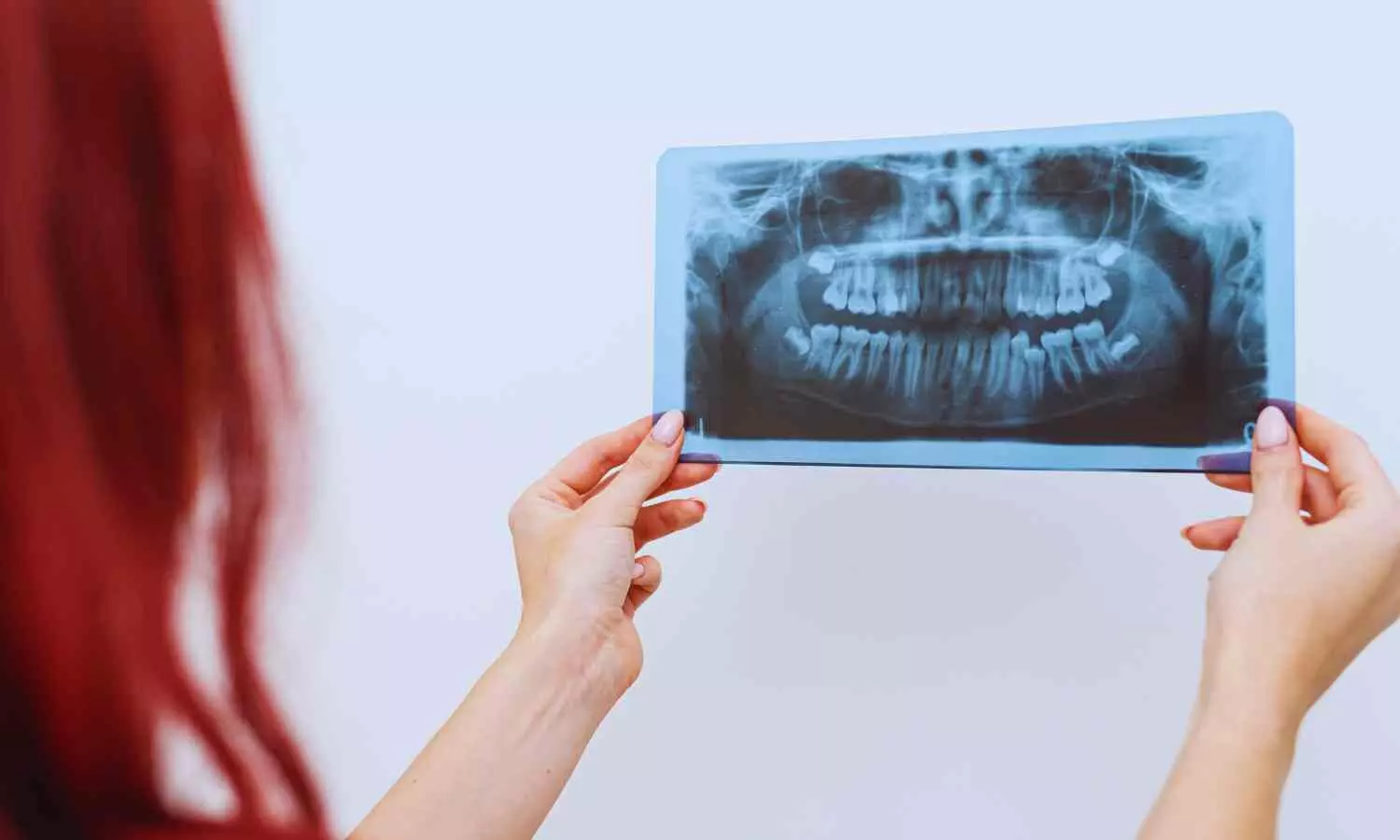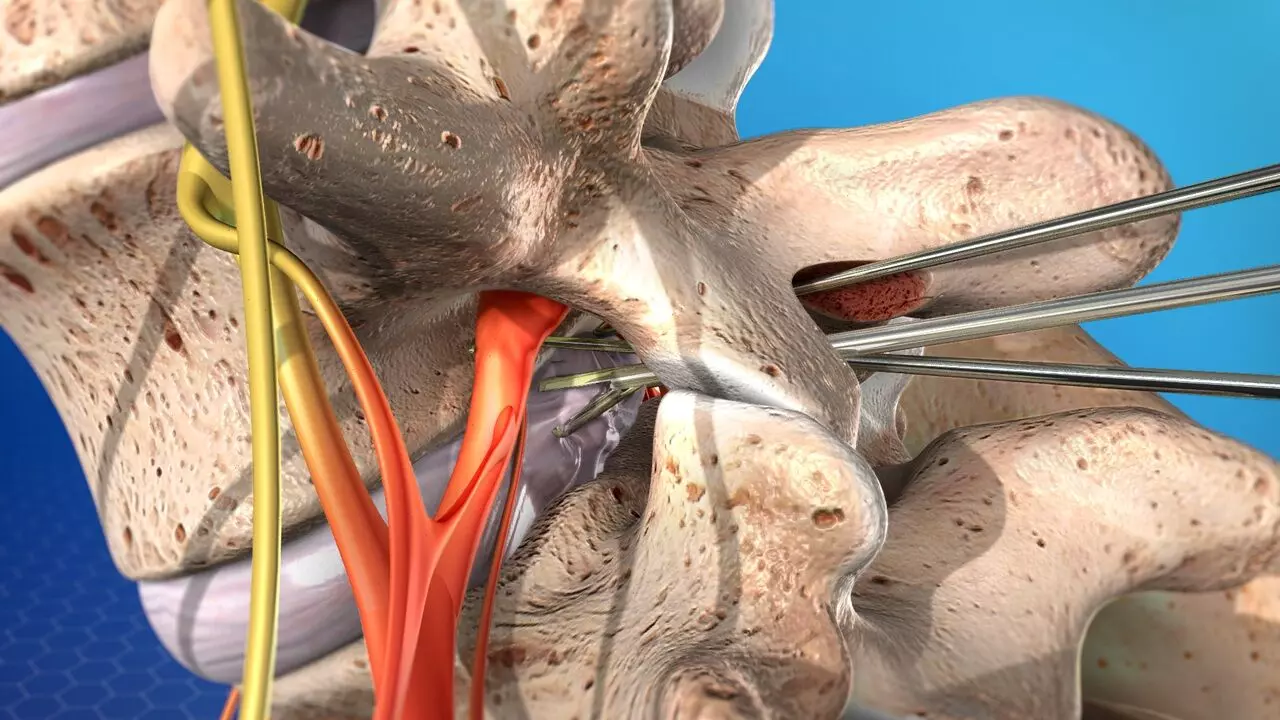Individuals living Alone with anxiety or depression at high risk of Suicide: JAMA

Researchers have found in a new study that individuals who live alone and experience depression or anxiety have a higher risk of suicide. The findings emphasize the need for targeted mental health interventions and suicide-prevention strategies to support vulnerable individuals. Living alone and mental health disorders, including depression and anxiety, are associated with high suicide risk, but their combined impact remains underexplored. A study was done to examine the association of living arrangements and depression or anxiety with suicide risk. This population-based cohort study used data from the Korean National Health Insurance Service database from January 1, 2009, to December 31, 2021, that included adults aged 20 years or older who participated in the General Health Screening Program in Korea in 2009. Individuals with incomplete data and those who died by suicide within the first year were excluded to minimize the possibility of reverse causation. Data were analyzed from December 28, 2023, to December 27, 2024. Living arrangements, categorized as living alone (≥5 years) or living with others, and depression and anxiety, determined using International Statistical Classification of Diseases and Related Health Problems, Tenth Revision codes. The primary outcome was death by suicide, identified through national death records. Multivariable Cox proportional hazards regression models were used to estimate adjusted hazard ratios (AHRs) and 95% CIs for suicide risk. Results The study included 3 764 279 adults (mean [SD] age, 47.2 [14.0] years; 55.8% male). Of these individuals, 112 460 (3.0%) had depression, 232 305 (6.2%) had anxiety, and 319 993 (8.5%) lived alone. Compared with individuals who had neither depression nor anxiety nor lived alone, individuals living alone with both depression and anxiety exhibited a 558% increased risk of suicide (AHR, 6.58 [95% CI, 4.86-8.92]). Living alone with depression was associated with a 290% increased risk (AHR, 3.91 [95% CI, 2.96-5.16]), and living alone with anxiety was associated with a 90% increased risk (AHR, 1.90 [95% CI, 1.48-2.43]). The AHRs were higher for the association between living alone and suicide among middle-aged individuals (aged 40 to 64 years) and men compared with other demographic groups. In this cohort study of 3 764 279 individuals, living alone with depression or anxiety was associated with an increased risk of suicide, particularly among middle-aged individuals and men. These findings underscore the importance of preventing mental illness, such as depression and anxiety, while addressing living arrangements as a critical factor in suicide risk assessments for individuals with these conditions.
Reference:
Moon DU, Kim H, Jung J, Han K, Jeon HJ. Suicide Risk and Living Alone With Depression or Anxiety. JAMA Netw Open. 2025;8(3):e251227. doi:10.1001/jamanetworkopen.2025.1227
Keywords:
Individuals, living, Alone, anxiety, depression, high risk, Suicide, JAMA, Moon DU, Kim H, Jung J, Han K, Jeon HJ.
Powered by WPeMatico









